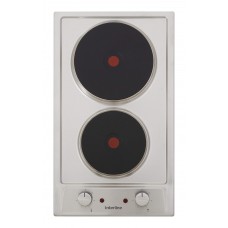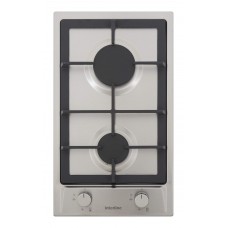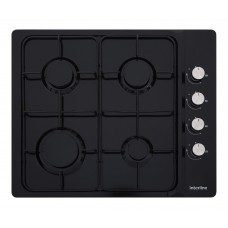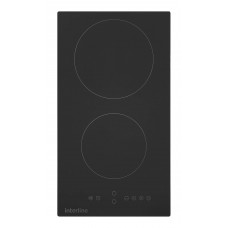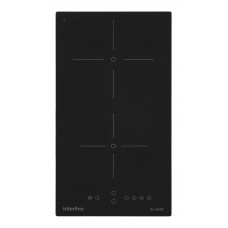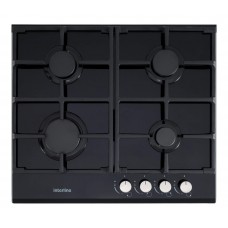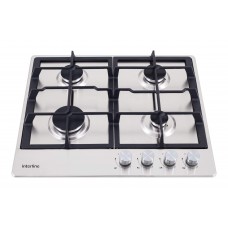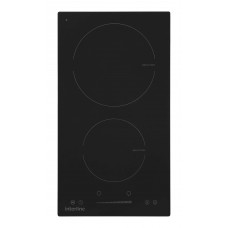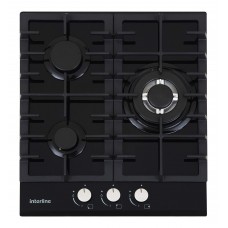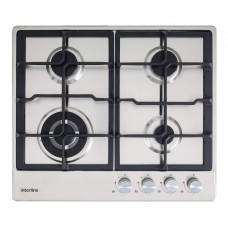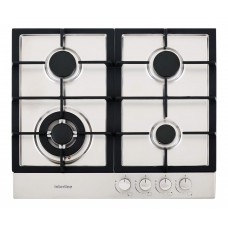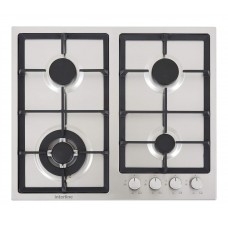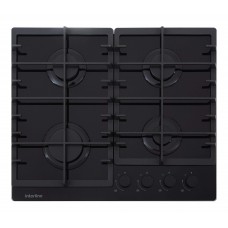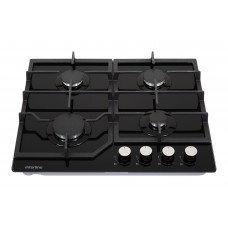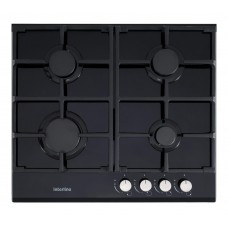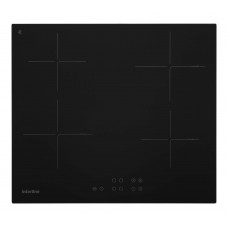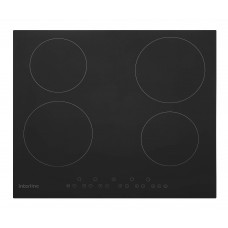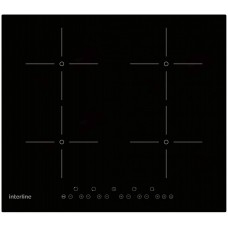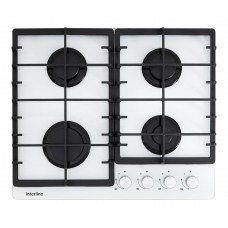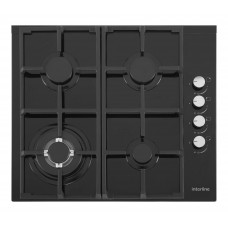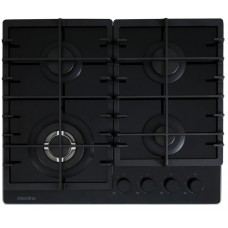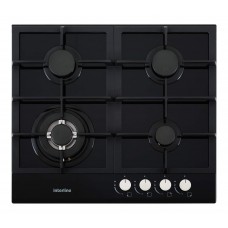
Electric hobs
The hob is a thin body (5-6 cm thick), equipped with gas or electric burners. The hob is built into the cover of the tabletop, but when placing it you must comply with the following conditions: the gas hob must be placed at a distance of 10-15 cm from the wall or furniture at least at a distance, the electric panel - at a distance of 4-5 cm. Cooking surfaces are divided into 3 types: gas, electric and combined (usually 2 electric burners and 2 gas or 3 gas and 1 electric). They can be useful to those who know the advantage of a certain type of heating in the preparation of various dishes, as well as in the presence of interruptions in gas or electricity.
Both gas and electric hobs can be 60 or 30 cm wide. The compact size is suitable for those who cook infrequently.
Let's pay attention to the characteristics that must be taken into account when choosing an electric hob.
The main advantages of electric hobs are the absence of open flame, the ability to maintain the desired temperature and step regulation of heating.
Touch control is not only easy to operate, but also very easy to care for. It is worth choosing surfaces with separate control of each burner - it will be easier and faster to use the device.
Beveled edge and stainless steel frame . The frame protects the edge of the panel from mechanical damage, and the beveled edges make it easier to clean the surface.
Expansion zones for large or oval cookware allow you to change and increase the heating zone with a large bottom diameter.
Despite the high-quality Hi-Light technology, in which the heating element under glass-ceramics is tungsten tape, induction technology is more popular today. Induction surfaces are more energy efficient, fast to heat and safe. The only "disadvantage" of the induction surface can be considered the use of special "magnetizing" dishes.
CHOOSE COOKING HOBS
The hob is a thin body (5-6 cm thick), equipped with gas or electric burners. The hob is built into the cover of the tabletop, but when placing it you must comply with the following conditions: the gas hob must be placed at a distance of 10-15 cm from the wall or furniture at least at a distance, the electric panel - at a distance of 4-5 cm. Cooking surfaces are divided into 3 types: gas, electric and combined (usually 2 electric burners and 2 gas or 3 gas and 1 electric). They can be useful to those who know the advantage of a certain type of heating in the preparation of various dishes, as well as in the presence of interruptions in gas or electricity.
Both gas and electric hobs can be 60 or 30 cm wide. The compact size is suitable for those who cook infrequently.
Gas hobs
Highlight the main functions and characteristics that are important in gas hobs.
Gas control . This function ensures safety by preventing gas leaks. The gas supply to the burner is automatically shut off if the flame is extinguished for any reason. This is due to a special sensor that closes the safety valve stem in the event of a flame.
Electric ignition . On many models of gas surfaces the gas control system is combined with electric auto ignition. Built-in gas burner electric ignition system allows you to ignite the flame without the use of matches or lighters. Electric ignition is automatic when the gas is ignited when you turn the switch that opens the gas supply to the burner, and mechanical, when after turning the switch you need to press a special button on the control panel.
Place a control panel . The control panel of the burners can be located both on the front of the surface and on the side. In both cases, the handles are located so that they are practically not heated during operation of the surface.
Turbo burner (Wok) - This gas burner with three or two rows of flames. It allows you to achieve intense heating in a shorter period of time than a normal standard burner (one and a half times faster).
Cast iron gratings are the most practical option, they do not "burn out", as is the case with enamel. In the process of use, cast iron gratings are not deformed and retain their shape.
Not to mention the variety of gas panels, such as surfaces such as "Gas on glass", in which the burners are placed on a glass-ceramic platform.
The fixing fastenings of the cast iron lattice of such surfaces must be located on a metal base, which protects the glass from scratches and chips.
Let's summarize a little, highlighting the main advantages of gas hobs. The first is the speed of cooking - a fast-heating dish on the gas panel, which allows you to immediately start cooking or frying.

